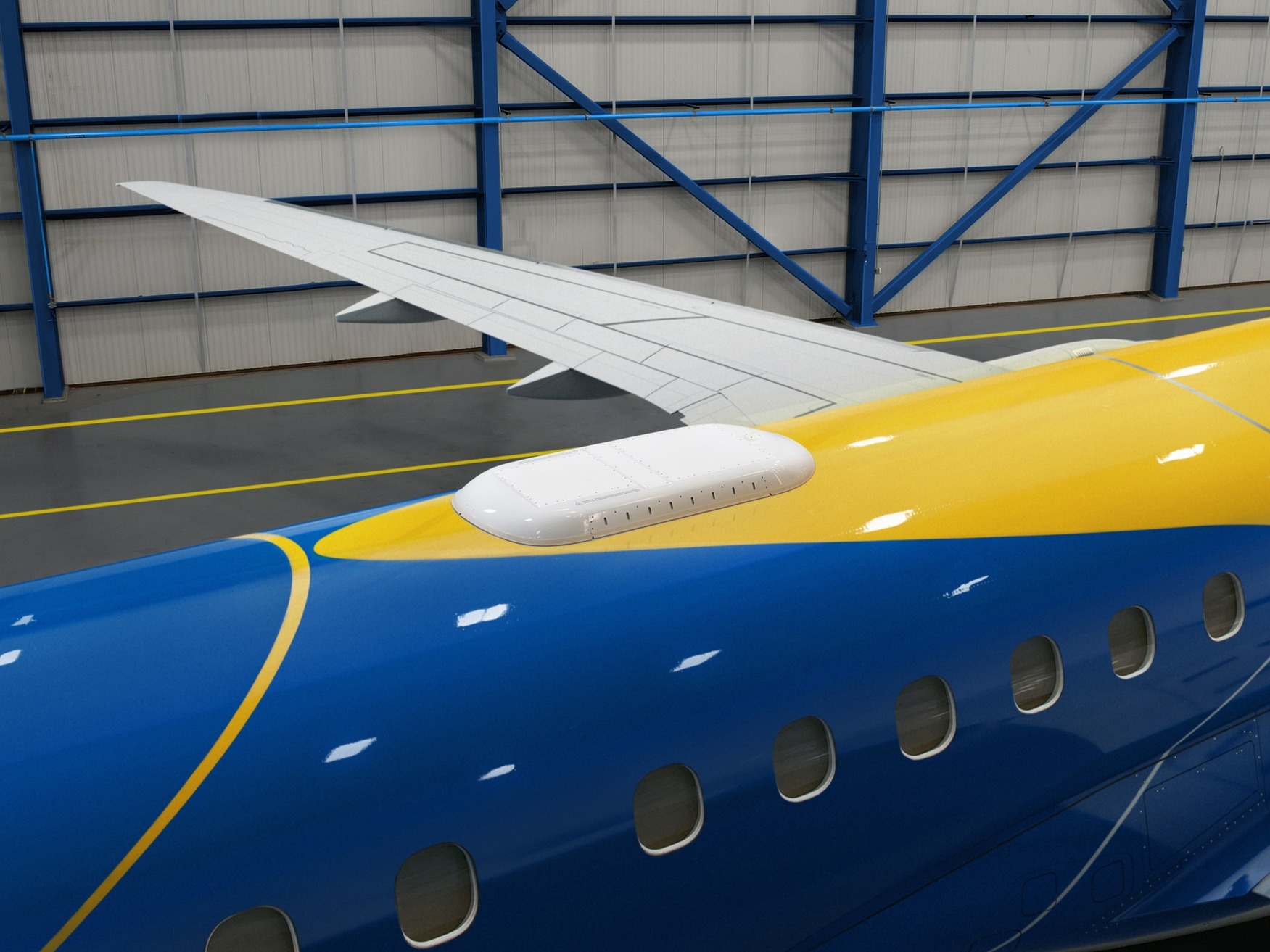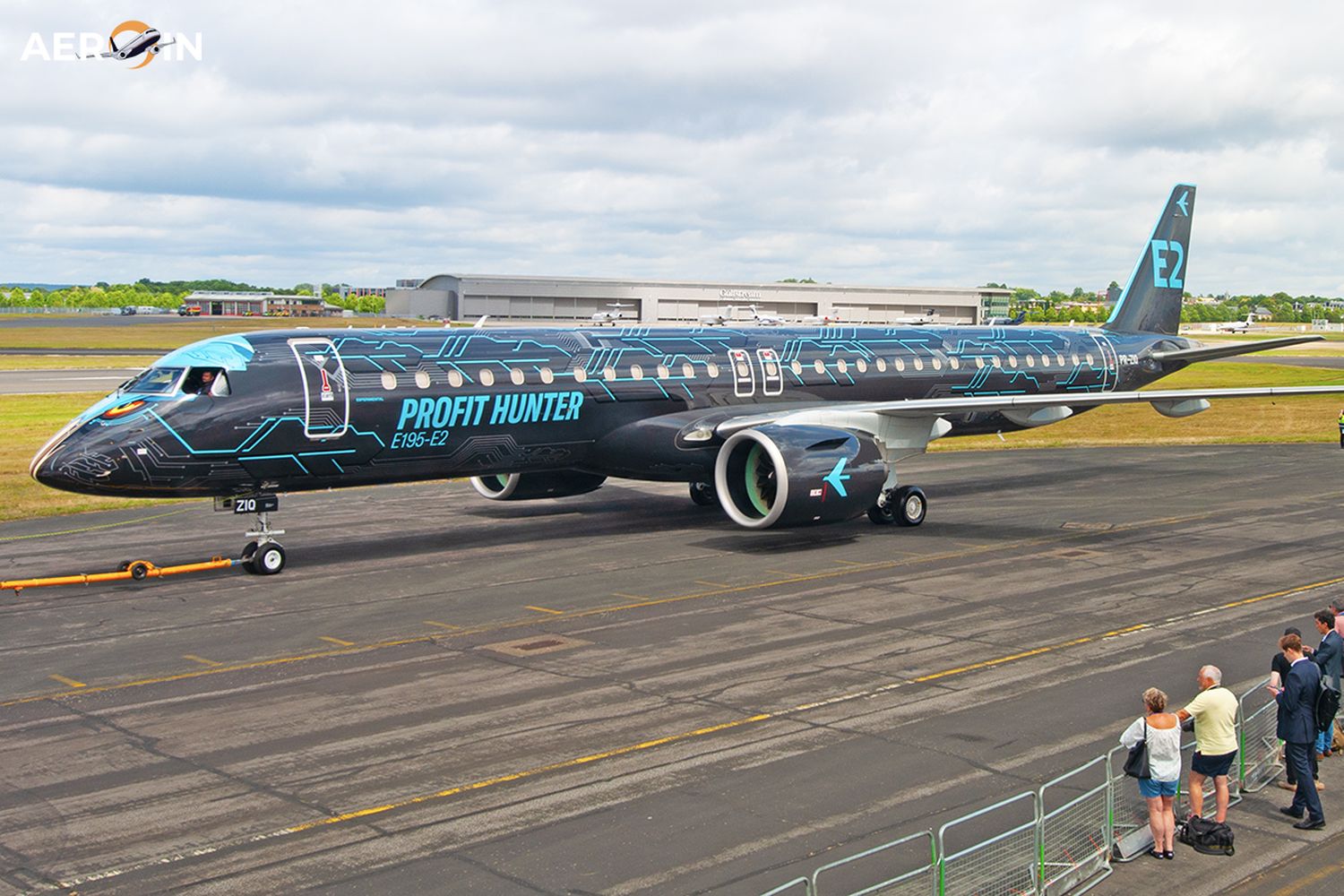Embraer and Intelsat Partner to Equip E2 Jets with Multi-Orbit, High-Speed Inflight Connectivity
Embraer and satellite communications provider Intelsat have announced a partnership to equip the E2 family of aircraft with Intelsat’s multi-orbit inflight connectivity (IFC) system, featuring Electronically Steered Array (ESA) antenna technology.
A key benefit for airlines is that the system will be available as a line-fit option—installed during aircraft production—by the end of this year. This means passengers can connect from the moment a new E2 aircraft enters service.
The partnership enables the direct installation of Intelsat’s multi-orbit IFC system with ESA antenna on Embraer’s production line. The system delivers speeds of up to 275 Mbps, aiming to offer passengers an onboard experience similar to home broadband—ideal for streaming, browsing, and working inflight.
For airlines operating or ordering Embraer E2 aircraft, factory installation significantly reduces aircraft downtime and logistical challenges associated with retrofit installations.
“The factory installation of Intelsat’s ESA is a great example of how we’re helping our customers enhance the passenger experience from day one,” said Martyn Holmes, CCO of Embraer Commercial Aviation. “Reliable, high-speed connectivity is a key opportunity to improve the onboard experience.”
Rob Baird, Director of OEM Programs at Intelsat, added, “Passengers flying on Embraer E2 jets will soon enjoy the same high-speed internet access in the sky as they do at home, thanks to our broad coverage and low latency.”

Understanding the Technology: What Is an Electronically Steered Array (ESA) Antenna?
A standout element of the partnership is Intelsat’s ESA—Electronically Steered Array—antenna. Unlike mechanically steered antennas (MSA) that physically pivot to track satellites, ESA technology works differently:
- Electronic Steering: Uses phase-shifting technology to steer the radio beam electronically, eliminating the need for large moving parts.
- Greater Reliability: Fewer mechanical components mean reduced failure risk and lower maintenance requirements compared to MSAs.
- Faster Satellite Tracking: ESAs can rapidly switch between satellites, making them ideal for Low Earth Orbit (LEO) constellations, where satellites move quickly relative to the aircraft. This ensures more consistent connectivity.
Slim Profile and Efficiency: ESA antennas are flatter and lighter. Intelsat’s ESA is under 3 inches (7.6 cm) in height, helping reduce drag and improve fuel efficiency, aligning with the sustainability goals of the Embraer E2.
The Multi-Orbit Advantage
ESA technology is essential to Intelsat’s multi-orbit strategy, which combines Geostationary (GEO) satellites—ideal for stable, high-capacity coverage over fixed regions—with LEO satellites, which offer global coverage, including over polar routes, and lower latency for a more responsive connection.
The ESA antenna seamlessly manages connections between these satellite types, optimizing performance based on location and network availability.


Comentarios
Para comentar, debés estar registrado
Por favor, iniciá sesión